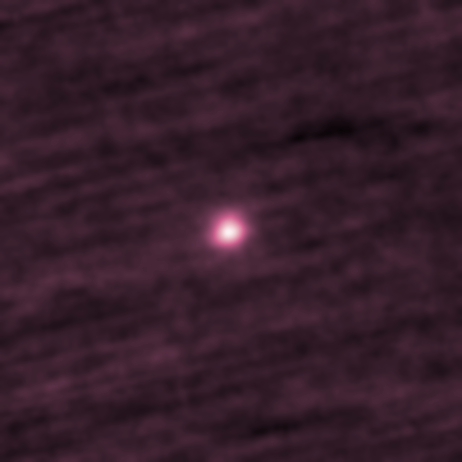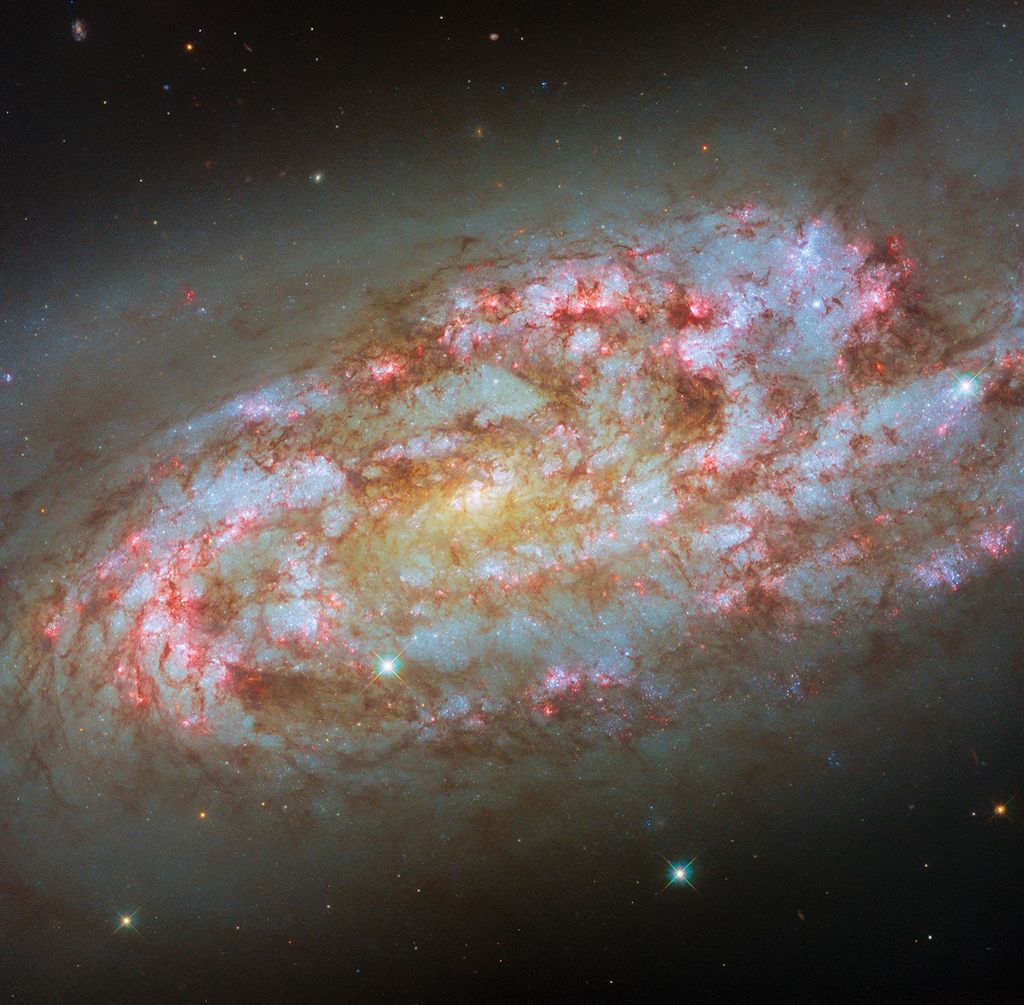NASA’S STEREO Observes Interstellar Comet 3I/ATLAS
NASA’s STEREO (Solar Terrestrial Relations Observatory) observed interstellar comet 3I/ATLAS from Sept. 11 to Oct. 2. The STEREO mission, designed to study the Sun’s activity and its influence across the solar system, is part of a fleet of NASA spacecraft observing this comet, together providing more information about its size, physical properties, and chemical makeup.
At first, comet 3I/ATLAS was expected to be too faint for STEREO’s instruments to see, but detailed image processing and overlaying (or “stacking”) telescope images using the Heliospheric Imager-1 instrument, a visible-light telescope, brought the comet into view. Stacking and aligning multiple exposures ultimately generated several images where the comet appears as a slight brightening in the center.

NASA’s PUNCH (Polarimeter to Unify the Corona and Heliosphere), the NASA and ESA (European Space Agency) mission SOHO (Solar and Heliospheric Observatory), and other heliophysics and planetary missions have also recently observed the comet. Despite having observed and discovered thousands of comets, this is the first time NASA’s heliophysics missions have knowingly observed an object originating in another solar system.
Comet 3I/ATLAS was discovered by the NASA-funded ATLAS (Asteroid Terrestrial-impact Last Alert System) survey telescope in Rio Hurtado, Chile, in July 2025. It is the third known object originating from outside our solar system discovered passing through our solar neighborhood.
While the comet poses no threat to Earth, multiple NASA spacecraft are studying it so scientists can learn as much as possible about this interstellar visitor before the comet leaves our solar system and heads back into interstellar space, never to return.
By Desiree Apodaca
NASA’s Goddard Space Flight Center, Greenbelt, Md.





















